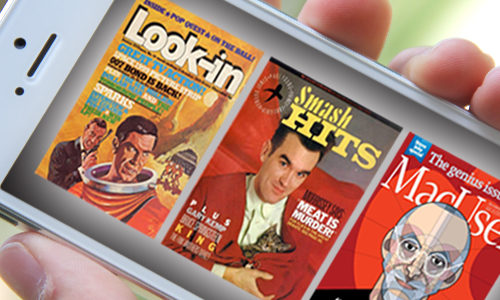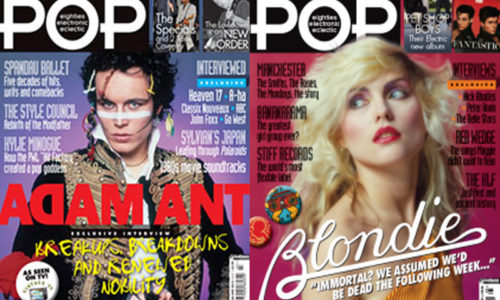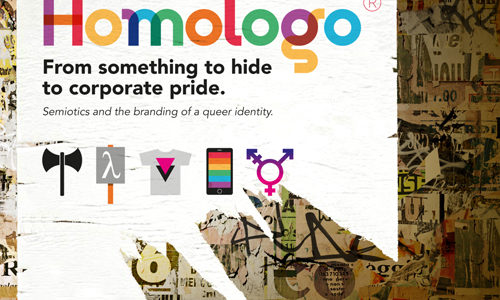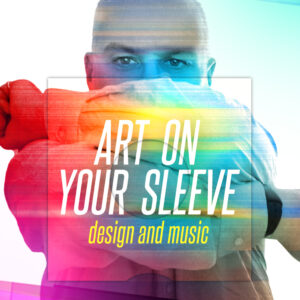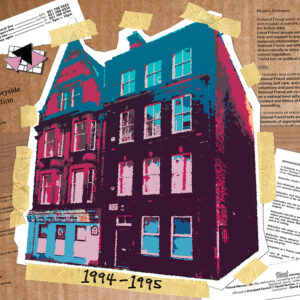
Hope and resistance
At the start of 2020, Soft Octopus Design Studio was commissioned by Liverpool Hope University to work on a collaboration with Tate Liverpool.
Titled Hope and Resistance, the exhibition’s aim was to present the artefacts, stories and artwork of young people living on the Palestinian West Bank who had responded to the question – What do you want to tell the world about being a young person living in Palestine? These voices are often hidden or ignored by the mass media so the exhibition and academic exercise was an important way in which a story seldom told could be shared in a high profile public setting.

The plan was that visitors would be able to explore the history of the Palestinian conflict and the impact on the lives of Palestinian communities, particularly young people, with opportunities for visitors to engage with art workshops and produce material for an exchange residency at venues in Palestine. Academics from Liverpool Hope University would have been in attendance each day to support the exchange and engage in debate and dialogue with visitors.
Then COVID-19 happened…
We are now coming to the end of 2020 and the world is a very different place. Lockdowns have impacted heavily on us all and public spaces are still reeling from the blow that the pandemic has dealt. With galleries and universities closed, we had to think on our feet about how we could still fulfil our aims and tell this important story without getting together or having a public space for display. Like almost everyone and everything else – we moved online.
I offered creative direction to the project team at Hope University on ways in which we could successfully repurpose the gallery content for the web. What works at large-scale in a gallery space is very different to what works online so in many ways, conceptually, we started from scratch. The end result was developed with Sparkz.Network who were able to implement all of my demanding design requirements in a format that ensured the content that I helped edit was easily accessible, visually appealing and something that could be interacted with for academic research purposes.
I adapted artwork that I’d originally designed for the gallery space and used it to instead delineate visual and written content for the website’s pages which engagingly reflected what would have been the different educational zones within the Exchange Space at Tate Gallery.
In some ways we have ended up being able to more effectively realise certain aspects of the content whilst inevitably having to compromise on what could have been a more immersive gallery experience, but on balance, the aims and objectives of the project have been achieved, albeit in ways not planned for at the start of the year.
The research team are encouraging interaction around this subject, so if you visit the website, please complete the short survey to let them know what you think about the website and the information shared.
- Blog
- Exhibition, Graphic Design, Hope and Resistance., Liverpool, Liverpool Hope University, Palestine, Sparkz Network, Tate, West Bank
- December 22, 2020
